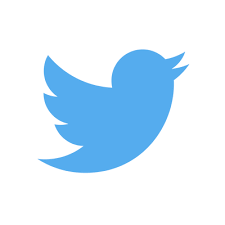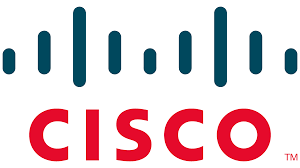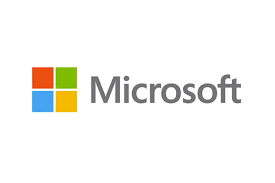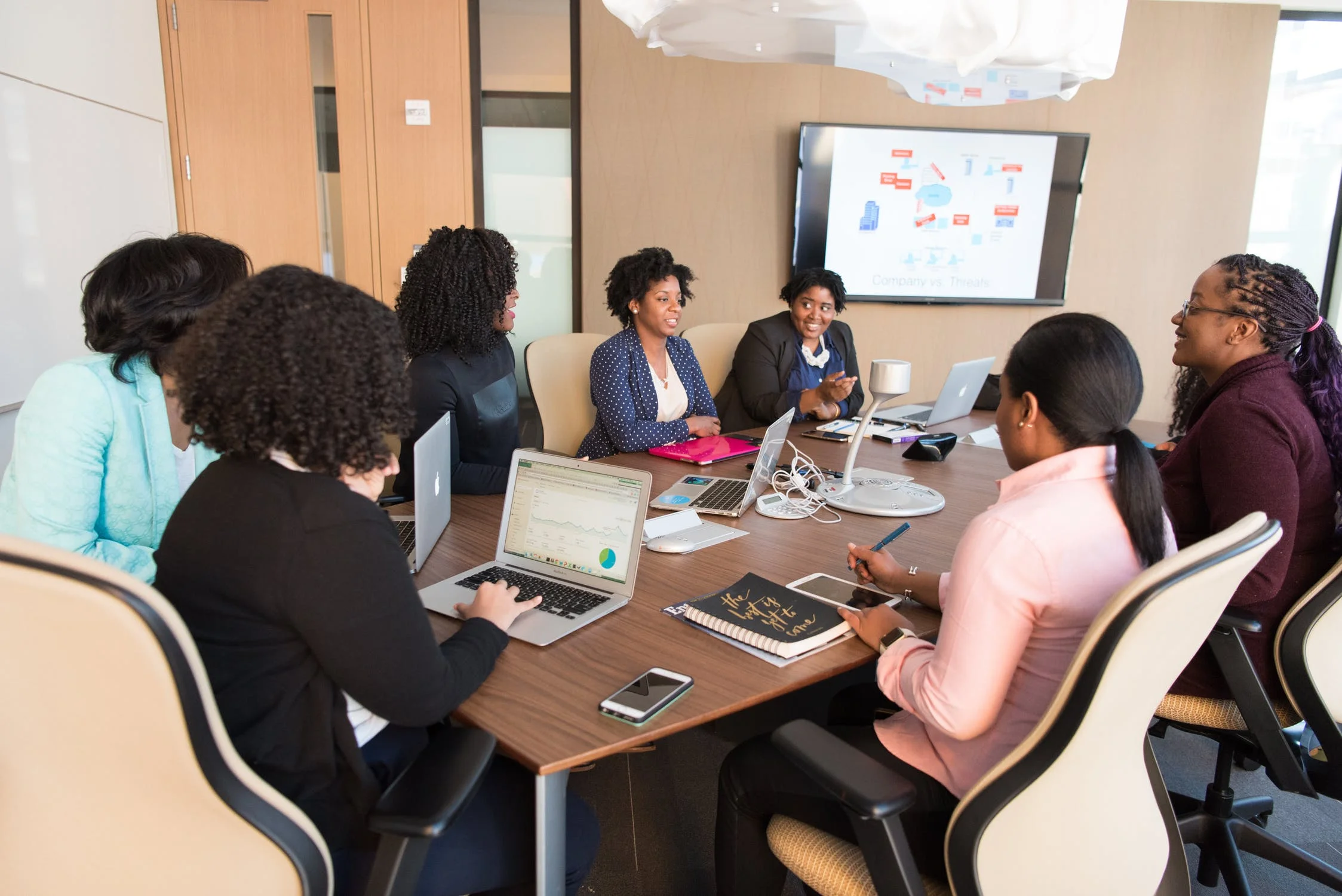The Most Diverse Tech Companies in 2022
Companies that leveraged remote technologies took the lead as Most Diverse in 2022
One of the most persistent challenges facing companies in the tech industry is the lack of diversity in their workforces. Little has changed since our short list in 2019.
Wall Street Darlings Lag
The big digital companies like Amazon, Facebook, Google, and Apple scored abysmally in the Statista model. In other words, the companies cited above as tops in the sector for diversity are the outliers in the Tech industry. Most of the well-known companies just have plans to appear more diverse. For instance, MSNBC reported in 2020 that it took Facebook six years to go from a workforce that was 3% Black to 3.8%.
MSNBC also cited that Apple’s workforce is 9% Black — but that drops to 3% when looking at leadership roles. Its share of Black technical workers remained flat at 6% from the end of 2013 through the end of 2017, the last year Apple published diversity data.
The U.S. Equal Employment Opportunity Commission recently reported that the high-tech sector employs a larger share of whites (63.5% to 68.5%), Asian Americans (5.8% to 14%) and men (52% to 64%), and a smaller share of African Americans (14.4% to 7.4%), Hispanics (13.9% to 8%) and women (48% to 36%) compared to private industry employment.
There are, though, some tech companies that are leading their peers in the quest to become more diverse and inclusive. Let’s take a look at some of them.
Zoom
Statista, a market research firm, reported in October 2021 that Zoom Video Communications was ranked the highest company for diversity and inclusion among the leading U.S. tech companies in 2021, according to the sentiment analysis Statista cites.
Sentiment analysis finds key themes to help identify the traits of the company. The themes come from comments written by employees, irrespective of their seniority or job title,
Zoom had a ranking of 9.46 on a 0 to 10 scale. The company towered over any of the other companies' rankings, which were around 7 or below.
One employee at Zoom commented, "So many great activities to join via Zoom (of course) including celebrations of holidays with hands-on dance and henna classes for Diwali."
One benefactor of the maturation of remote technology was Twitter. Bloomberg reported in January 2022 that the share of Black workers among the U.S. workforce jumped to 9.4% in 2021 from 6.9% a year earlier, and Latinx workers to 8% of employees from 5.5%. Twitter didn’t disclose how many workers the improvement represents or the current size of the U.S. workforce. In the third quarter of 2021, the company had 7,100 workers globally.
After George Floyd's death in 2020, Twitter set itself goals to increase the proportion of marginalized staff. It promised that women would make up half the workforce and under-represented groups would be 25% of the U.S. workforce by 2025. Women were 44.7% of the global workforce in 2021.
In the U.STwitter targeted South Florida, Texas and Southern California — places it wanted to expand relationships with so-called "Hispanic-Serving Institutions".
Black workers were more than twice as likely to accept a job from Twitter compared with 2020, and for Latinx applicants there was nearly a fivefold improvement, Twitter said.
Cisco
The telecommunications news site, sdxcentral.com, reported that Cisco claimed a 120% increase in Black vice presidents and a 90% increase in Black directors, in its latest Purpose Report. Cisco also made progress on its other inclusivity targets, including its commitment to obtain diversity metrics from its suppliers and double its percentage spent with diverse suppliers by 2023.
Cisco's Purpose Report is Cisco’s first to combine corporate social responsibility (CSR) reporting and its “purpose work.” Purpose work for the company includes social justice, employee engagement, and digital divide initiatives.
Microsoft
According to CIO Magazine, diverse employees gave Microsoft a score of 75 (out of 100) across various culture categories on Comparably. Comparably aggregates employee rankings for companies.
Microsoft ranks in the top 15% of U.S. companies with 10,000-plus employees for its gender and diversity scores. Diverse employees and women at Microsoft both rated the company at A- for perks and benefits, CEO rating, and happiness. When asked whether they believe they’re paid fairly, 74% of women said yes, and 69% of diverse employees said the same.
While some companies have clearly acted on their Diversity promises, the majority have shown a lack of sincerity in reaching for their goals. Tech's pronouncements about improving the diversity and inclusion of its companies are hollow, at best.
The Tech Bubble is more than just a metaphor for ill-allocated capital that is unsustainable. It also represents the straight, male, monochromatic world the sector would prefer to live in.
EmployDiversity is one example of an organization that is trying to connect candidates with employers who value diversity and inclusiveness. The employers featured on EmployDiversity have been specifically selected for their diverse hiring practices and their desire to attract candidates from different genders, ethnicities, and backgrounds. On the EmployDiversity job board, candidates can expect to find high-quality positions with companies who celebrate a diverse workforce.
William R. Dodson is a contributing editor at EmployDiversityNetwork.com. He writes on workplace diversity and Tech trends. His latest book is Virtually International: How Remote Teams Can Harness the Energy, Talent, and Insights of Diverse Cultures (Emerald Publishing Group, September 2021).














